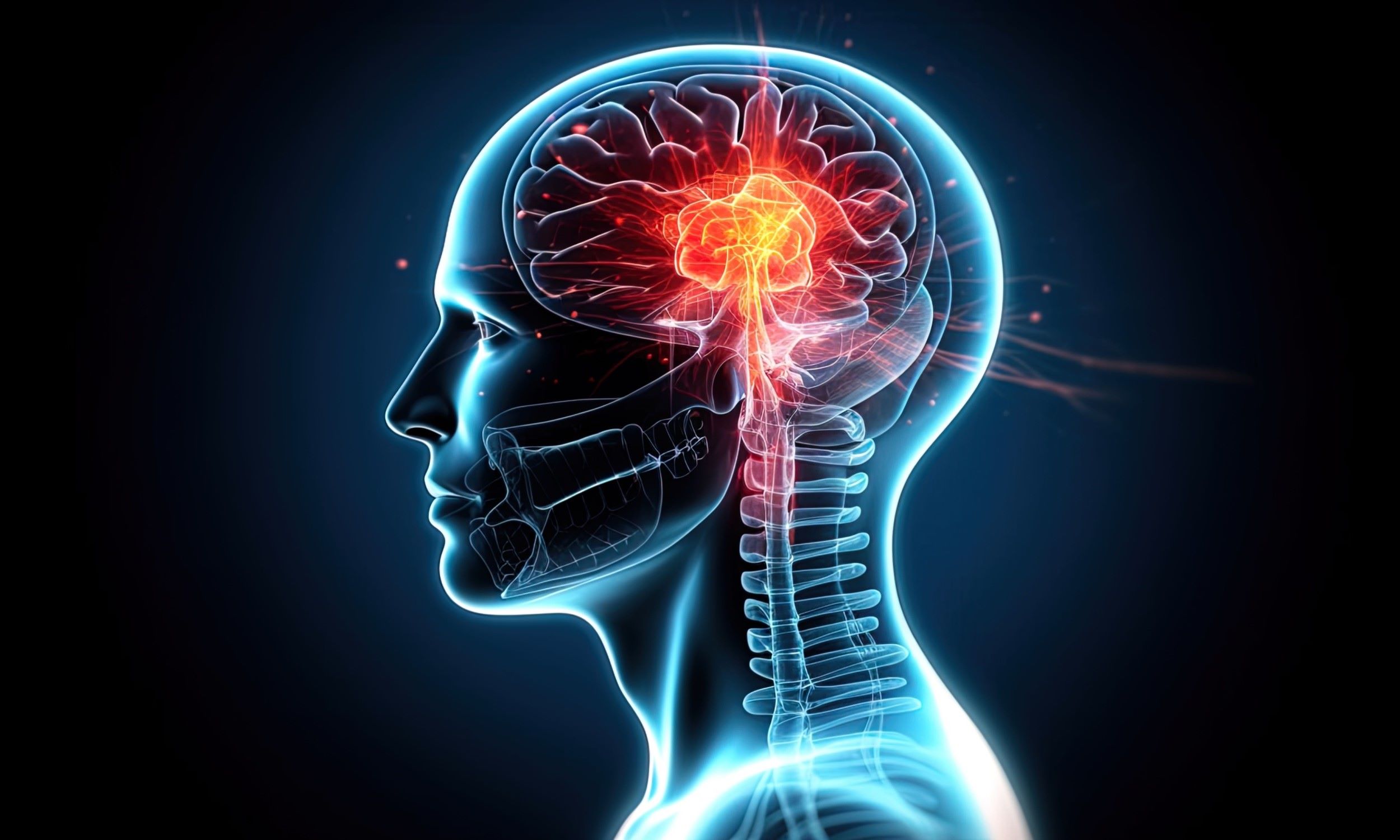
Agenesis of the corpus callosum is a rare brain condition where the structure connecting the two hemispheres of the brain, the corpus callosum, fails to develop properly. This condition can lead to a variety of neurological and developmental issues. Symptoms can range from mild learning disabilities to severe physical and mental impairments. Causes of this condition are often genetic, but can also be linked to infections or other disruptions during pregnancy. Diagnosis typically involves imaging techniques like MRI or CT scans. Understanding the impact of this condition is crucial for providing appropriate care and support. Let's dive into 40 intriguing facts about agenesis of the corpus callosum to shed light on this complex condition.
Key Takeaways:
- Agenesis refers to the absence or failure of an organ to develop during embryonic growth. It can affect any organ and has different implications depending on the organ involved.
- A combination of genetic mutations and environmental influences can lead to agenesis. Early intervention, regular medical check-ups, and support groups are crucial for managing life with this condition.
What is Agenesis?
Agenesis refers to the absence or failure of an organ to develop during embryonic growth. This condition can affect various parts of the body and has different implications depending on the organ involved. Here are some intriguing facts about agenesis.
-
Agenesis can affect any organ. From kidneys to limbs, any organ can fail to develop.
-
Renal agenesis is common. It occurs when one or both kidneys fail to form.
-
Unilateral renal agenesis means only one kidney is missing. People with this condition often lead normal lives.
-
Bilateral renal agenesis is more severe. Both kidneys are absent, often leading to stillbirth or early death.
-
Agenesis of the corpus callosum affects the brain. This condition involves the absence of the corpus callosum, which connects the brain's two hemispheres.
-
Symptoms vary widely. Some individuals show no symptoms, while others may have developmental delays or seizures.
-
Limb agenesis can result in missing arms or legs. This condition is often visible at birth.
-
Causes are often genetic. Mutations in specific genes can lead to agenesis.
-
Environmental factors play a role. Exposure to certain drugs or infections during pregnancy can cause agenesis.
-
Diagnosis often occurs before birth. Ultrasounds can detect many forms of agenesis during pregnancy.
Types of Agenesis
Different types of agenesis affect various organs and systems. Understanding these types helps in grasping the complexity of this condition.
-
Pulmonary agenesis affects the lungs. One or both lungs may be absent.
-
Ocular agenesis involves the eyes. This rare condition results in missing or underdeveloped eyes.
-
Dental agenesis means missing teeth. It can affect baby teeth, adult teeth, or both.
-
Thyroid agenesis impacts the thyroid gland. This can lead to hypothyroidism and growth issues.
-
Uterine agenesis affects the reproductive system. Women with this condition lack a uterus, impacting fertility.
-
Vaginal agenesis is often associated with uterine agenesis. It involves the absence of the vaginal canal.
-
Penile agenesis is extremely rare. It involves the absence of the penis in males.
-
Gallbladder agenesis means the gallbladder is missing. This condition is often asymptomatic.
-
Pancreatic agenesis affects the pancreas. It can lead to diabetes and digestive issues.
-
Ear agenesis involves missing or underdeveloped ears. This can impact hearing and balance.
Genetic and Environmental Factors
Agenesis can result from a combination of genetic mutations and environmental influences. Here are some key points about these factors.
-
Genetic mutations are a primary cause. Specific gene mutations can disrupt normal organ development.
-
Family history matters. A family history of agenesis increases the risk.
-
Chromosomal abnormalities can lead to agenesis. Conditions like Turner syndrome and trisomy 18 are examples.
-
Maternal diabetes increases the risk. High blood sugar levels during pregnancy can affect fetal development.
-
Exposure to teratogens is harmful. Drugs, alcohol, and certain infections can cause agenesis.
-
Folic acid deficiency is a risk factor. Lack of this vitamin during pregnancy can lead to neural tube defects and agenesis.
-
Advanced maternal age increases risk. Older mothers have a higher chance of having a baby with agenesis.
-
In vitro fertilization (IVF) has been linked to higher rates. The reasons are not fully understood.
-
Consanguinity (marriage between relatives) raises the risk. It increases the chance of inheriting genetic mutations.
-
Prenatal care is crucial. Regular check-ups can help detect and manage risks.
Living with Agenesis
Living with agenesis varies greatly depending on the type and severity. Here are some insights into managing life with this condition.
-
Early intervention helps. Physical therapy and special education can improve outcomes.
-
Prosthetics and assistive devices aid mobility. These tools help those with limb agenesis.
-
Regular medical check-ups are essential. Monitoring health helps manage complications.
-
Support groups provide emotional aid. Connecting with others facing similar challenges can be comforting.
-
Surgery can correct some issues. Procedures like kidney transplants or reconstructive surgery can improve quality of life.
-
Medication management is often necessary. Drugs can help control symptoms and prevent complications.
-
Genetic counseling is beneficial. It helps families understand risks and plan for the future.
-
Education and awareness are key. Understanding the condition helps in advocating for necessary resources.
-
Adaptive technologies enhance independence. Tools like hearing aids and speech devices support daily activities.
-
Positive outlook matters. Focusing on abilities rather than limitations fosters resilience and well-being.
Final Thoughts on Agenesis of the Corpus Callosum
Agenesis of the Corpus Callosum (ACC) is a rare condition where the brain's corpus callosum doesn't develop properly. This can lead to a variety of neurological issues, though some individuals may show no symptoms. Understanding ACC helps in early diagnosis and better management of the condition.
Parents and caregivers should seek support from medical professionals and support groups to navigate the challenges associated with ACC. Knowledge about ACC can empower families to make informed decisions about treatment and care.
While research continues to uncover more about ACC, awareness and education remain crucial. By staying informed, we can better support those affected by this condition. Remember, every bit of knowledge helps in creating a more inclusive and understanding environment for individuals with ACC.
Frequently Asked Questions
Was this page helpful?
Our commitment to delivering trustworthy and engaging content is at the heart of what we do. Each fact on our site is contributed by real users like you, bringing a wealth of diverse insights and information. To ensure the highest standards of accuracy and reliability, our dedicated editors meticulously review each submission. This process guarantees that the facts we share are not only fascinating but also credible. Trust in our commitment to quality and authenticity as you explore and learn with us.


